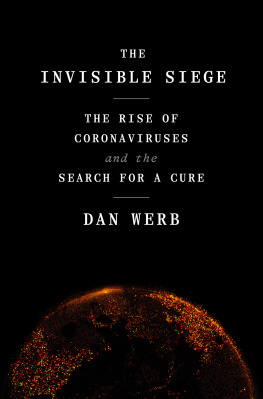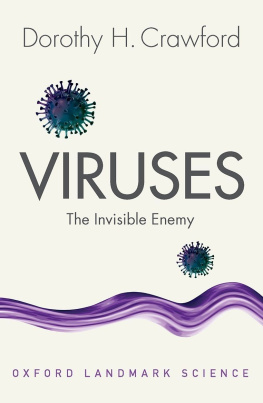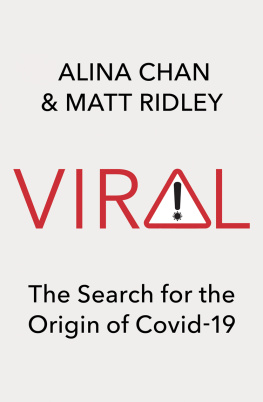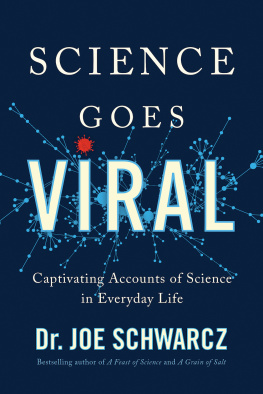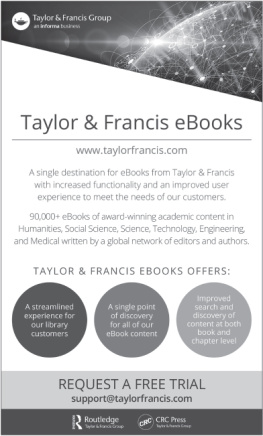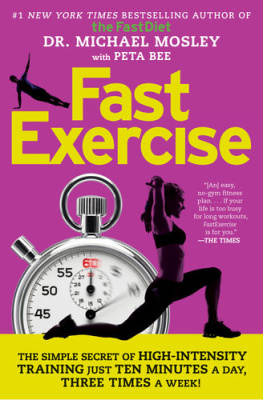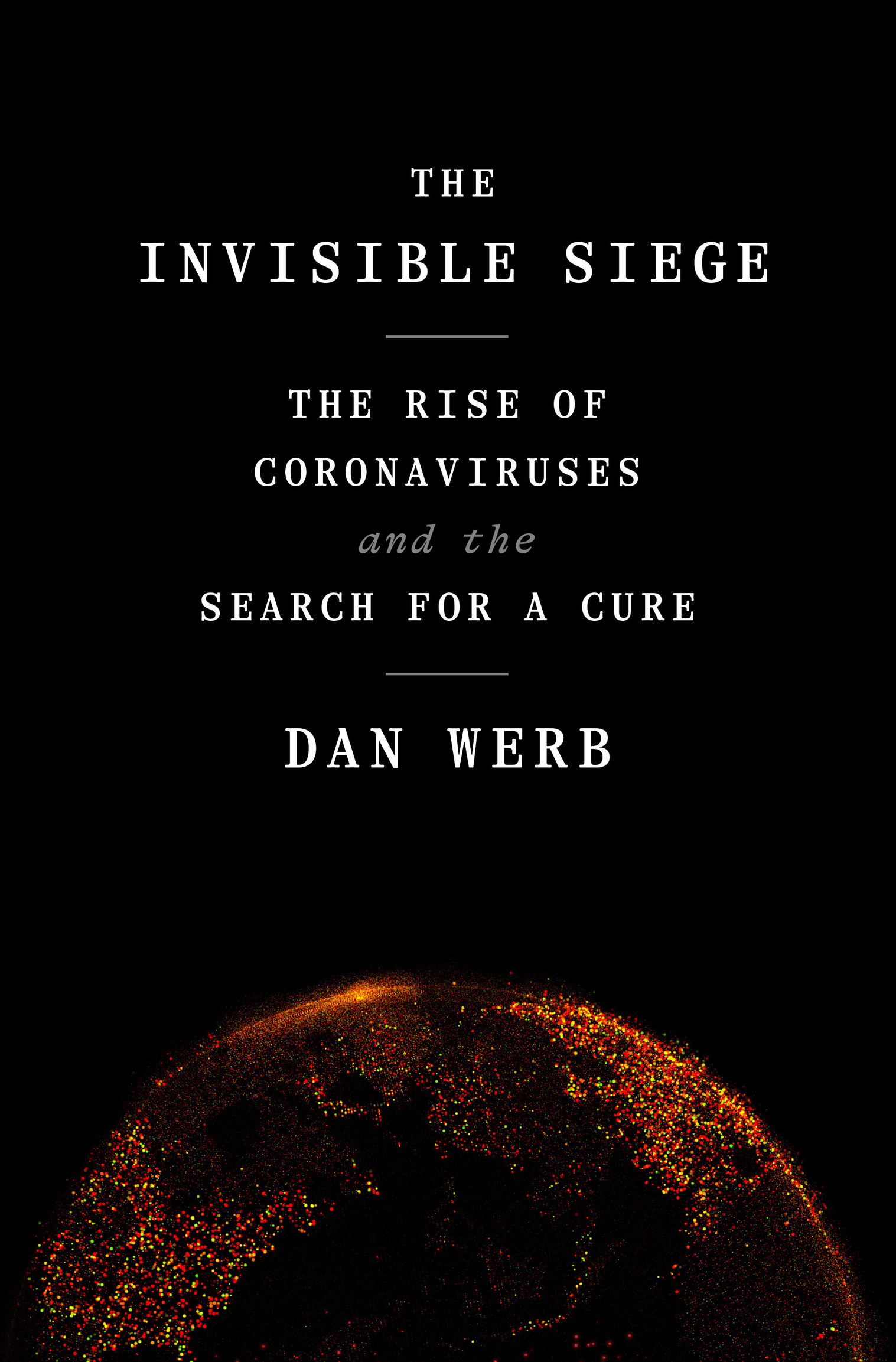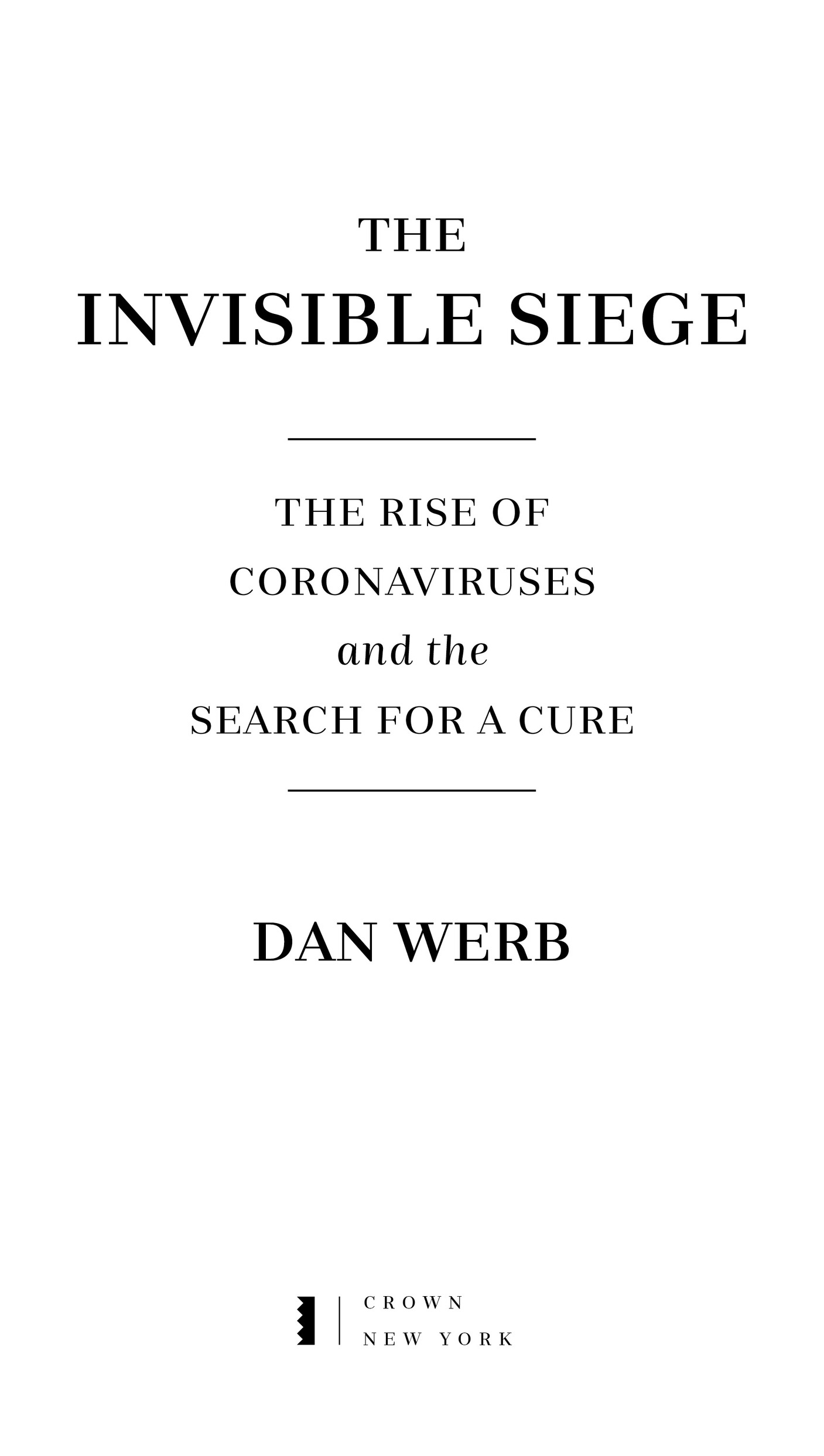All rights reserved.
Published in the United States by Crown, an imprint of Random House, a division of Penguin Random House LLC, New York.
Crown and the Crown colophon are registered trademarks of Penguin Random House LLC.
Names: Werb, Dan, author.
Title: The invisible siege / Dan Werb.
Description: New York: Crown, 2022. | Includes bibliographical references and index.
Identifiers: LCCN 2021052956 (print) | LCCN 2021052957 (ebook) | ISBN 9780593239230 (hardcover) | ISBN 9780593239247 (ebook)
Subjects: LCSH: COVID-19 (Disease)History. | EpidemicsHistory. | Virus diseasesHistory.
Classification: LCC RA644.C67 W47 2022 (print) | LCC RA644.C67 (ebook) | DDC 614.5/92414dc23/eng/20211202
You do all you can to humanize and familiarize the world, and suddenly it becomes more strange than ever.
PROLOGUE
March 2020, Seattle, Washington
N ick Mark was sure that COVID-19 had hit weeks before he saw his first official case. In March 2020, the virus had only recently been detected in Seattle, but the sudden outbreaks flared so severely that a first wave must have gone undetected. It was that first wave, he believed, that had entrenched the virus within the city and primed it for its violent surge. As Mark, an ebullient, fast-talking ICU physician, tended to the rising wave of patients, his astonishment at the speed of the viruss path through the hospital quickly shifted to something else: fear.
It began with just one patient, brought into the hospital with a cough and fever, who tested positive for the novel coronavirus. Then, several patients. Within a matter of three weeks, most of the patients at his Seattle-area hospital, the Swedish Medical Center, were there because the virus had colonized their bodies. Mark became shell-shocked. It wasnt so long before that his job was, if not conventional, then at least broadly predictable: as an intensivist, he was trained to care for critically ill patients in the ICU, a role that saw him moving easily through the hospitals hallways, assessing patients as they were brought in and doing his best to keep them alive. It was hard work, but Mark had more energy than mostor perhaps, as he was still in the first couple of decades of his career, his adrenaline was fueling him before some inevitable collapse. Early in the wave, the COVID-infected patients he cared for in the ICU presented with a grab bag of symptoms of varying severity. Some required only brief intensive care and were soon revived after a short course of high-flow oxygen. A small minority, though, was balancing on the knifepoint of death, their immune systems frustratingly resistant to the barrage of treatments (intubation to force oxygen into the lungs, broad-spectrum antivirals, immunosuppressants to keep fevers down) that comprised Marks usual tools for healing the sick.
Mark prided himself on his ability to cut through the vast emotional gulf that separated patients from their doctors and to use that connection to help those in his care become well again. Each patient was a puzzle, none exactly alike and all requiring his close and focused attention to keep them alive. By late March, though, he was no longer assessing individual patients with particular illnesses and providing them counsel and care; he was dealing with a faceless epidemic. He watched, astonished, as entire wards filled with the COVID infected, and the hospital practically groaned under the weight of the wave, forced to shut down its various functions in favor of one aim: stopping the infected from dying. But as the numbers spiked, keeping people alive became harder. Patients triaged to the ICU presented with severer symptoms, and Mark was plagued with doubt about whether he and his team would actually be able to hold the line as the epidemic unleashed its full force. And that is what had led him to believe that the public health system had missed something. The first flood of patients was so torrential that they could not simply have emerged out of the community all at once. There must have been seeds of the epidemic proliferating before anyone could detect them, the first stones tossed into the water sending ripples, which then caused waves to crash ashore.
While Mark was forced to wage a slow battle of attrition against the virus, SARS-CoV-2 was also, in something of a fifth-column attack, systematically undermining his ability to do his job. Prior to the pandemic, he would move fluidly through the ICU to attend to his patients, doing all he could to make their time in the hospital as free from fear and discomfort as possible. But with the pandemic wave rising, he could no longer perform only a perfunctory washing of hands as he moved from patient to patient. The room itself had become a battle zone, one where the risks of infection had reached the level of life and death. And like a soldier, Mark had to suit up so that he wouldnt be an easy target for the enemy. Preparations began before he entered each patients room in the ICU. First, he donned a powered air-purifying respirator (or PAPR), a plasticized hood with a built-in fan that sat on his head and shoulders like the chain mail hood on a medieval knight. This contraption created positive pressure to vent particles away from his nose and mouth, the fan connected to a belt around his waist. Then came the synthetic gown placed around his shoulders and tied tightly; plastic booties to cover his shoes lest the virus find purchase there; and two layers of latex gloves. The final accessory was a garden-variety hard hat that hospital technicians had jury-rigged so that Mark and other physicians would be able to see clearly while wearing the PAPR. It was the kind of getup most commonly seen in disaster movies.
Mark knew the personal protective equipment was meant to keep him safe, but he couldnt help feeling anxious every time he was called to a patients bed and had to suit up yet again. Dressed in his cumbersome gear, hed wash his hands, suggest treatments he thought (hoped) might inflect the course of their illness, exit the area, wash his hands again, and disrobe. Minutes later, he would have to do it all over again when, say, another infected patients lungs gave out and they came face-to-face with their imminent death. Again, frustratingly, Mark would have to don his PPE before he could try to help bring them back from the void. There was so much more he could do, he knew, if only he could face the virus without protection.
That wasnt the worst of it. Before the pandemic, Mark was a hands-on physician, knowing full well the power of touch to console patients whose lives were slipping away. Not needing to wear gloves then, he would sit with his patientsmany of them elderlyhold their hands, and look them directly in the eye, offering them the gift of skin-on-skin comfort in an otherwise unfamiliar place. All thisthe physical contact, his capacity to reveal himself to his patients, to hold their gaze and communicate without words that they were seen, were being cared for, and were, in a way, the object of lovehad been made impossible by the threat of a virus that found a home in every body, on surfaces, and in the air itself. Theres a very distant and dehumanizing aspect to it, Mark said. Youre talking to a patientlets say theyre awakeand they can see youre wearing this crazy mask, this crazy outfit. They feel very physically distant from you. Even if youre holding their hand with yours, its glove on skin as opposed to skin on skin.

